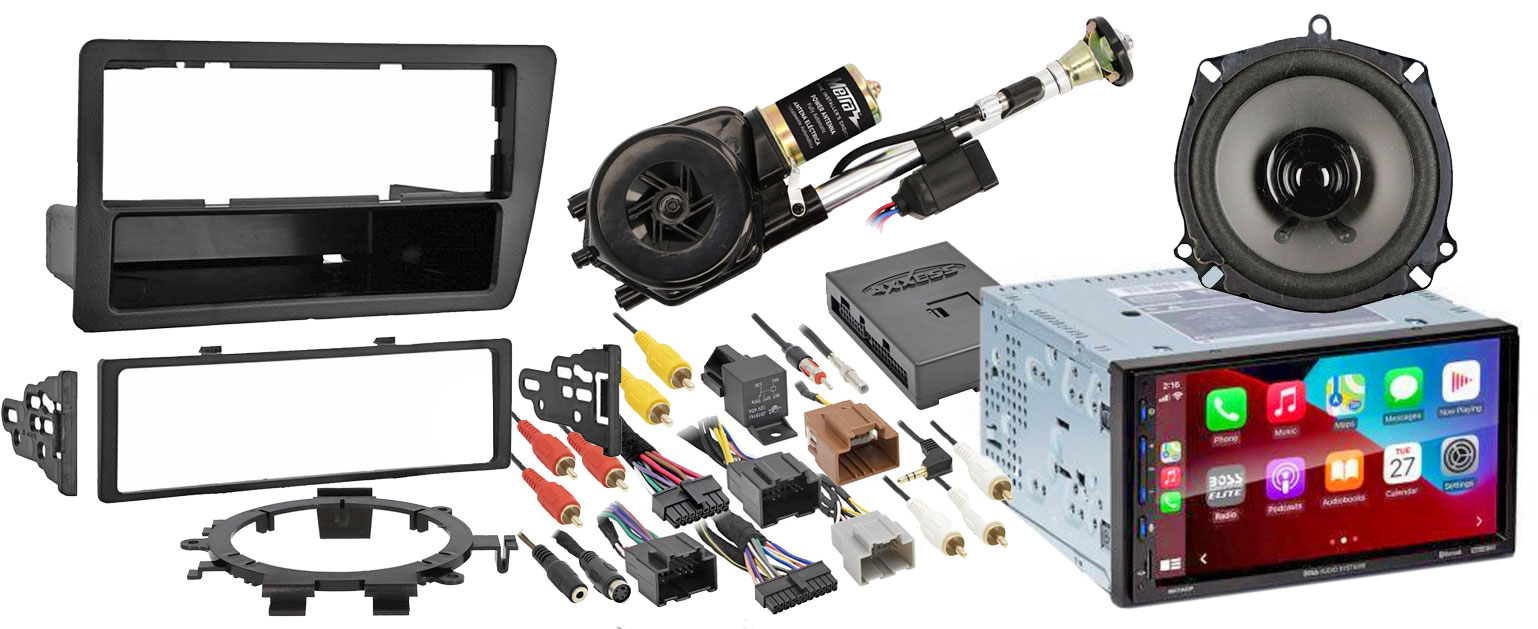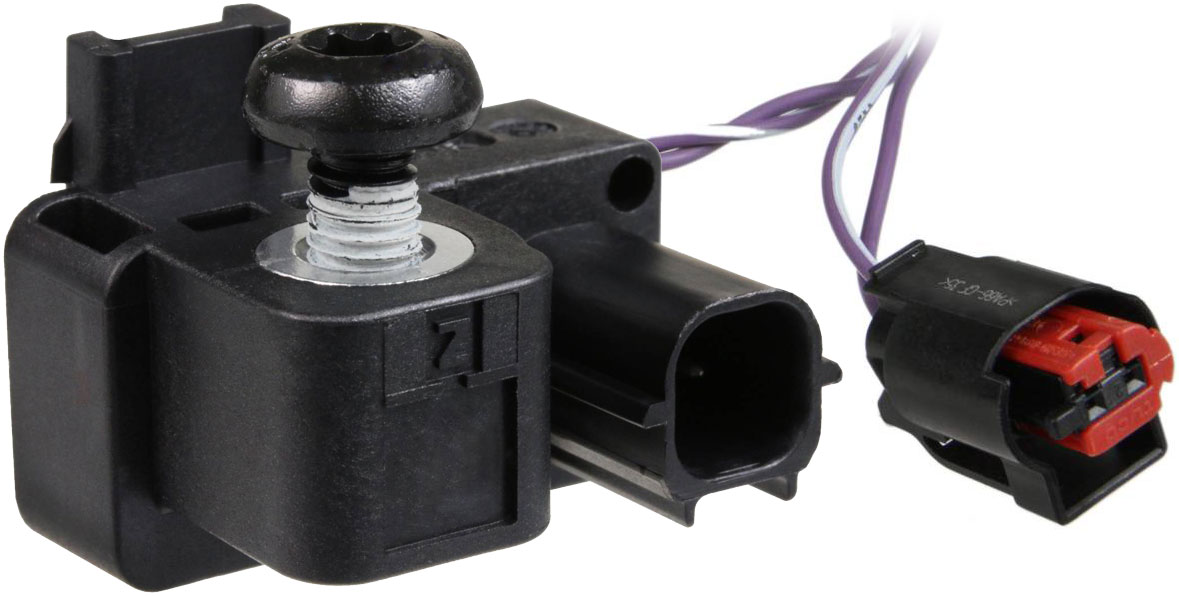|
RockAuto now carries Metra radio parts and accessories. Metra aftermarket Radio Installation Kits are known for superior fit and finish, which makes your upgraded radio look more factory-installed. Metra also offers OE and aftermarket Radio Connectors, Speakers, Antennas and more, to maintain or improve your car's audio system. Metra products are included with our complete Tailored Audio Radio Upgrade Kits, which are now available for additional vehicles like the 2019 Nissan Versa, 2015 Ford F-150, 2009 Mazda 3 and more. You can find Metra and Tailored radio components under the "Interior" section of the RockAuto catalog. | |
RockAuto is excited to announce our newly expanded selection of Apparel! With new styles and colors, RockAuto has the garments to round out your wardrobe this season! New items include:
Shop all RockAuto Apparel & Gifts in the "Tools & Universal Parts" tab of the RockAuto.com Catalog. | |

| |
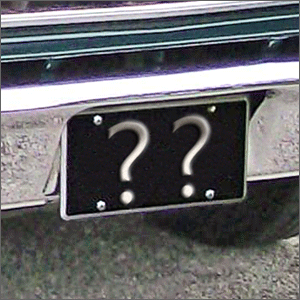 | |
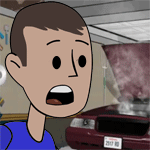 I purchased new rear rotors for my aging F-150 from RockAuto. I started the job early one weekend morning and immediately ran into a problem. The old worn rotors were frozen to the hub and would not come off! I was swinging away with bigger and bigger hammers but eventually started pounding away with a sledge hammer. I was knocking chunks of metal off the rotors, and Iím sure I woke the neighbors with the incessant banging intermingled with colorful language. Finally, I did an internet search on how to remove stuck rotors. The first result said to make sure the parking brake is not on. Could it be? I reached into the cab, released the parking brake, and immediately jumped out of my skin when both rotors clanged to the concrete of my garage floor. Lesson learned. Tracy in Georgia Share Your Story |
|
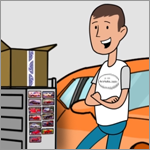 Computers can typically recognize sensors are connected and functioning by watching the sensors' constantly rising and falling voltage signals (pressure, temperature, throttle position...). Then there are the Impact / Crash Sensors that hopefully will never send the signal to the supplemental restraint system (SRS) that indicates it may be time to inflate the airbag(s). Impact / Crash Sensors seem to sit dormant, but the computer is actually always checking up on them too. This is helpful to know when working to diagnose why an SRS / Airbag warning light has turned on. Impact / Crash Sensors proliferated on new vehicles as more airbags (passenger, side impact...) were added over the last thirty years. The sensors are often small, nondescript black boxes mounted around the perimeter of the vehicle where they will be first to feel the impact of a collision. Being mounted next to the radiator or under a headlight means these sensors are vulnerable to damage from moisture, road salt, and debris. The sensors may go unnoticed and be accidentally damaged when nearby parts are replaced. Impact / Crash sensors typically have only two electrical terminals. It is easy to assume that this means the sensor is a simple switch. A severe collision releases some mechanical device (pendulum, ball, spring-loaded pin...) in the sensor that pushes two contacts together, closing the switch. That is typically how these sensors work, but the addition of a resistor circuit makes them a bit more complicated. The resistor(s) allow the computer to confirm that the sensor is still intact and functional every time the ignition key is turned. A resistor is usually soldered between the two electrical terminals inside the sensor. Every time the car is started, the computer applies a test voltage to one terminal and confirms that the resistor changes the voltage present at the sensor's second terminal by the expected amount. If a collision ever closes the switch contacts inside the sensor, then electrical current will follow the path of least resistance through the closed contacts rather than through the resistor test circuit. When a multimeter (ohmmeter) is connected to this type of sensor's two terminals, it should display the ohm value for the resistor inside the sensor. The sensor may need to be replaced if the multimeter shows nearly zero ohms (collision-activated switch inside the sensor is permanently closed) or an open circuit (resistor circuit and possibly other components inside the sensor have been damaged). If replacing the electrical connector, be sure that the two wires go to their original terminals on the sensor. Inadvertently switching the wires may cause the computer to send its test voltage to the wrong terminal, and the SRS / airbag warning light will get switched on. (The fall season is when mice and other furry critters hunt for hideouts in cars where they can bed down and chew on connectors and wiring.) See the Impact / Crash Sensors available for your specific vehicle under "Body & Lamp Assembly" in the RockAuto.com catalog. Be sure to consult your vehicle's service manual for instructions on how to safely diagnose and repair your specific vehicle's SRS / airbag system and components. Tom Taylor, To read more of Tom's articles, click this link and choose from story titles on the Newsletter Archives page. |
|
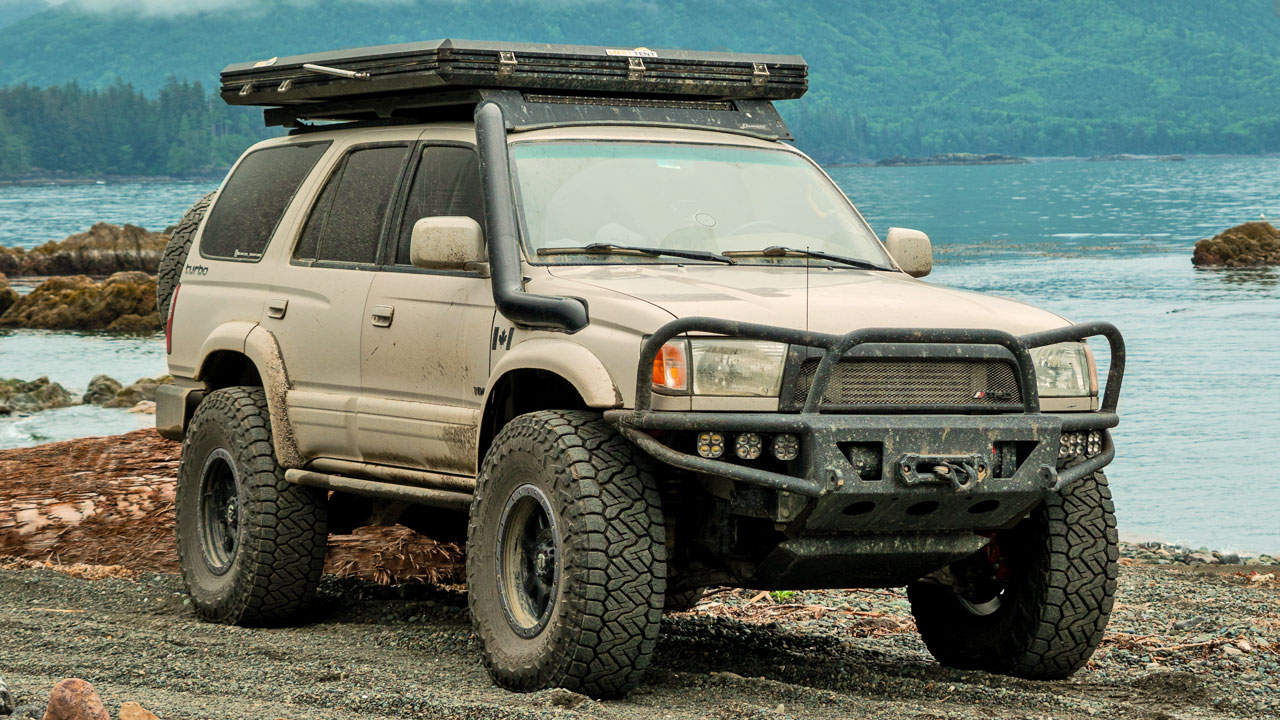 |
|
My truck started out as a stock 1996 Toyota 4Runner. In the past several years, I have modified it to take us off the beaten path, allow us to hit off-road trails, as well as go camping where other vehicles could not go. I swapped the engine with Volkswagen diesel unit, upgraded the suspension, fit 37” tires, etc. This truck has taken us all over Canada, from the tops of mountains at 8,800 ft to beaches at sea level. We plan to venture into the states in the coming years! I have purchased many parts over the years from RockAuto for this 4Runner. From maintenance parts for the old V6 Toyota motor, to driveline components, suspension components, steering, and now parts for the Volkswagen diesel motor. You guys have always been my go to one stop shop for parts! Ryan in Canada |
Share Your Hard Work And Stories | |
|
Your Hard Work Your Most Infamous Auto Repair Blunder | |



